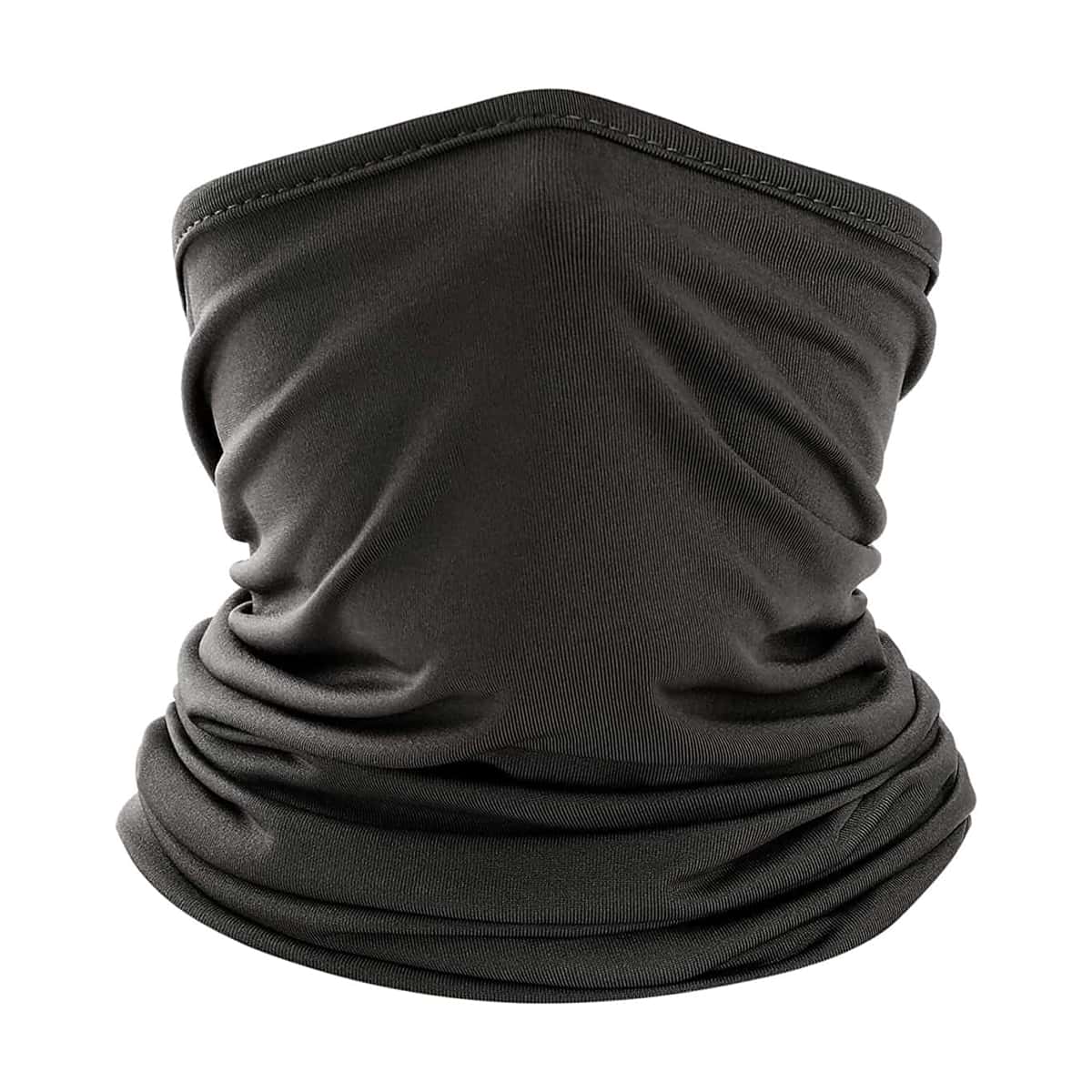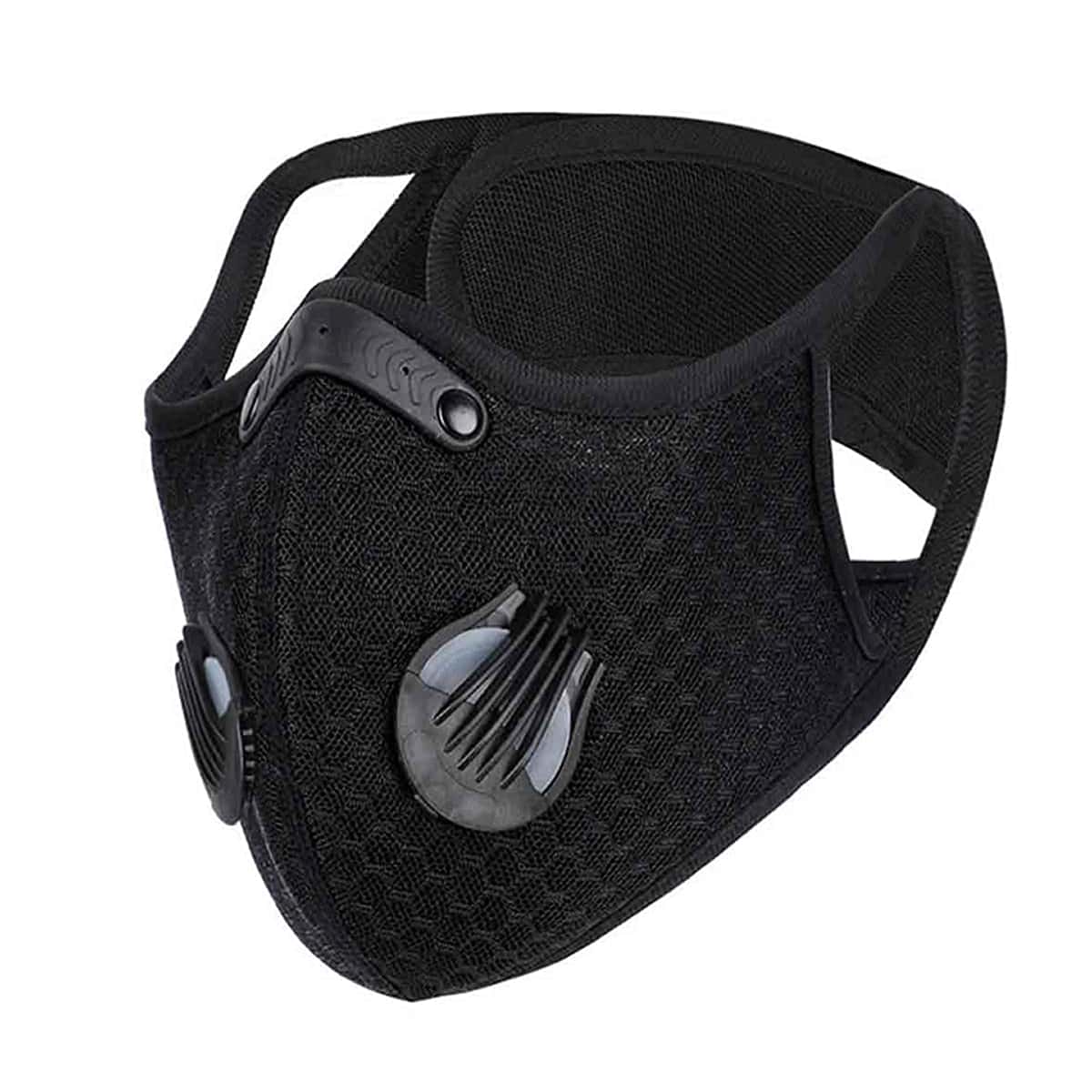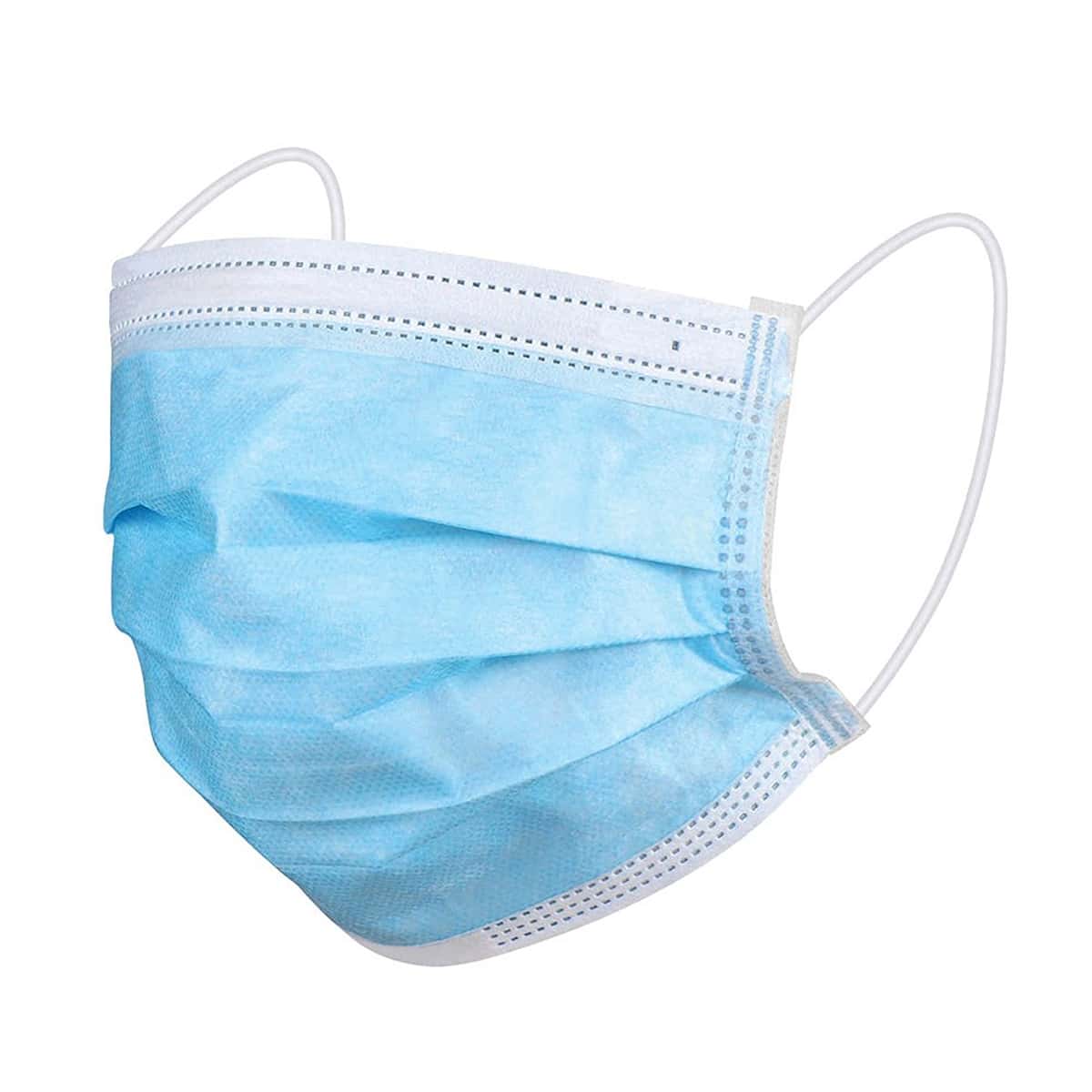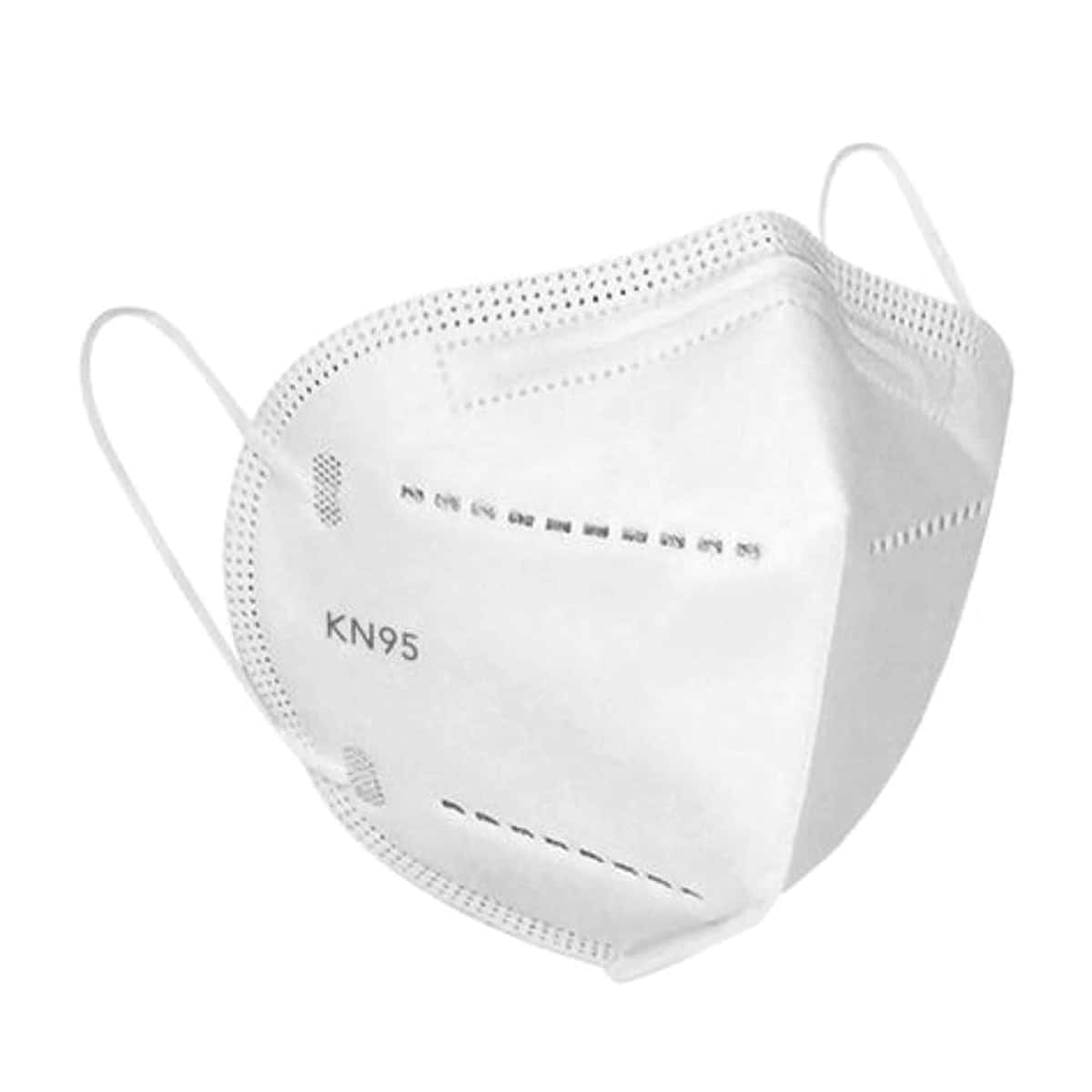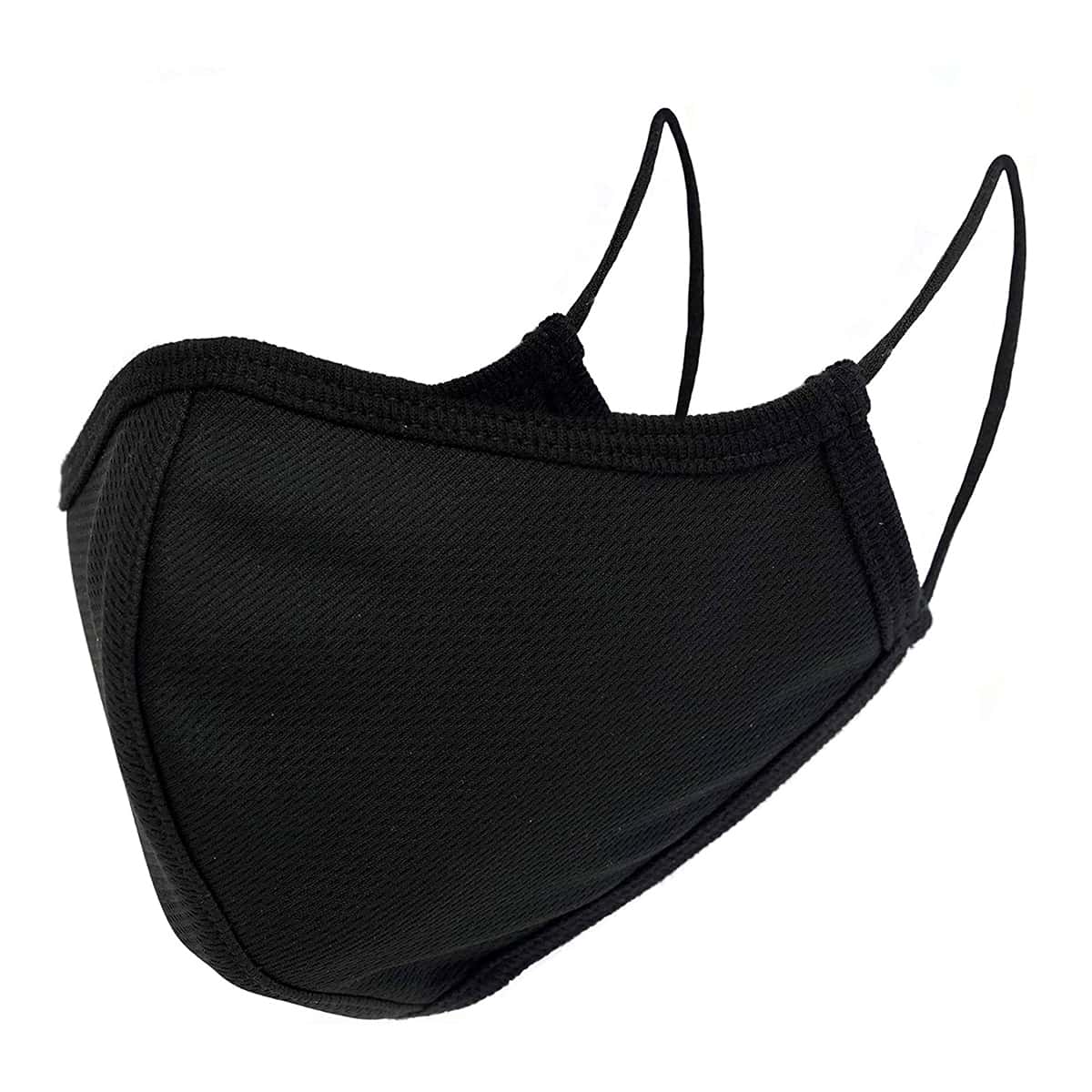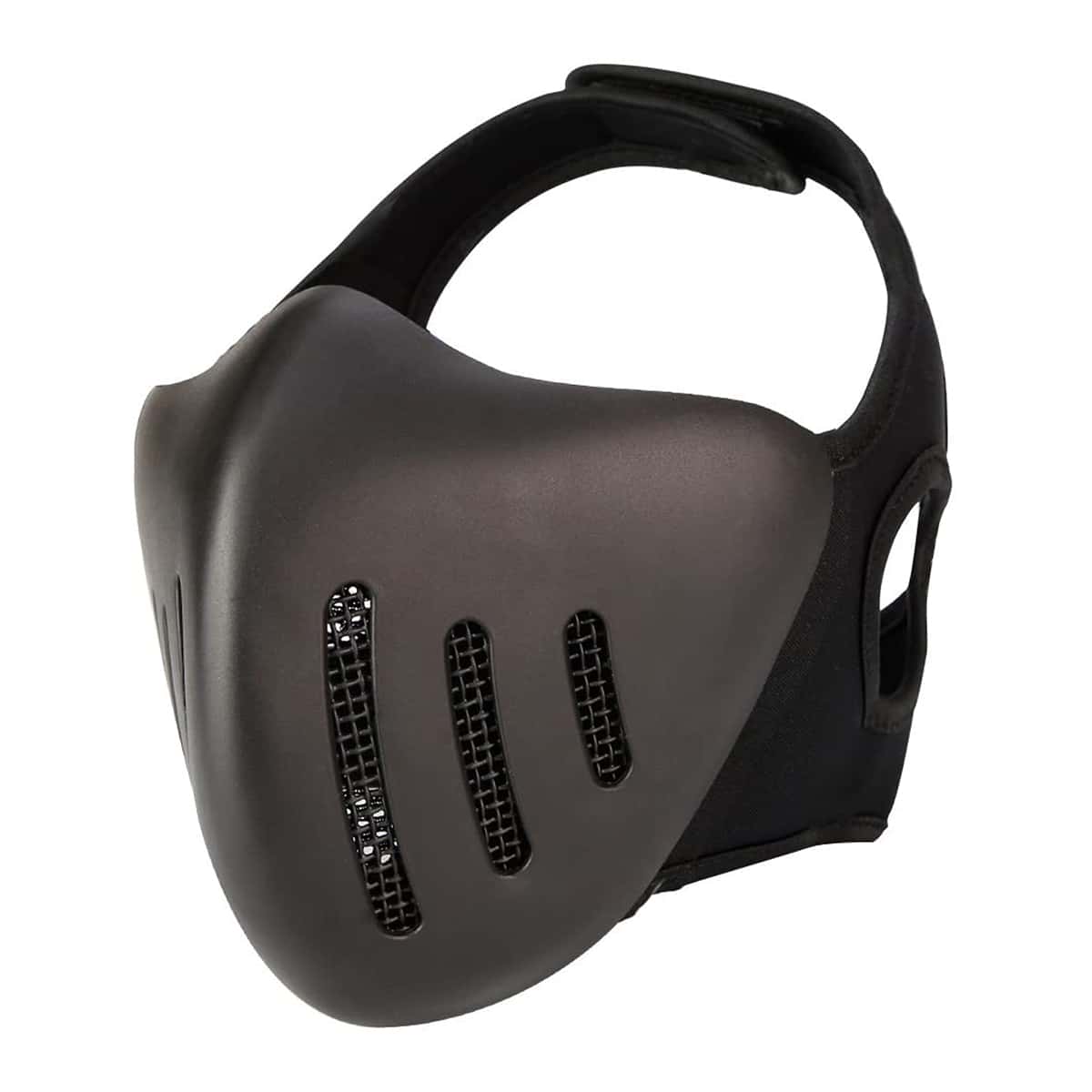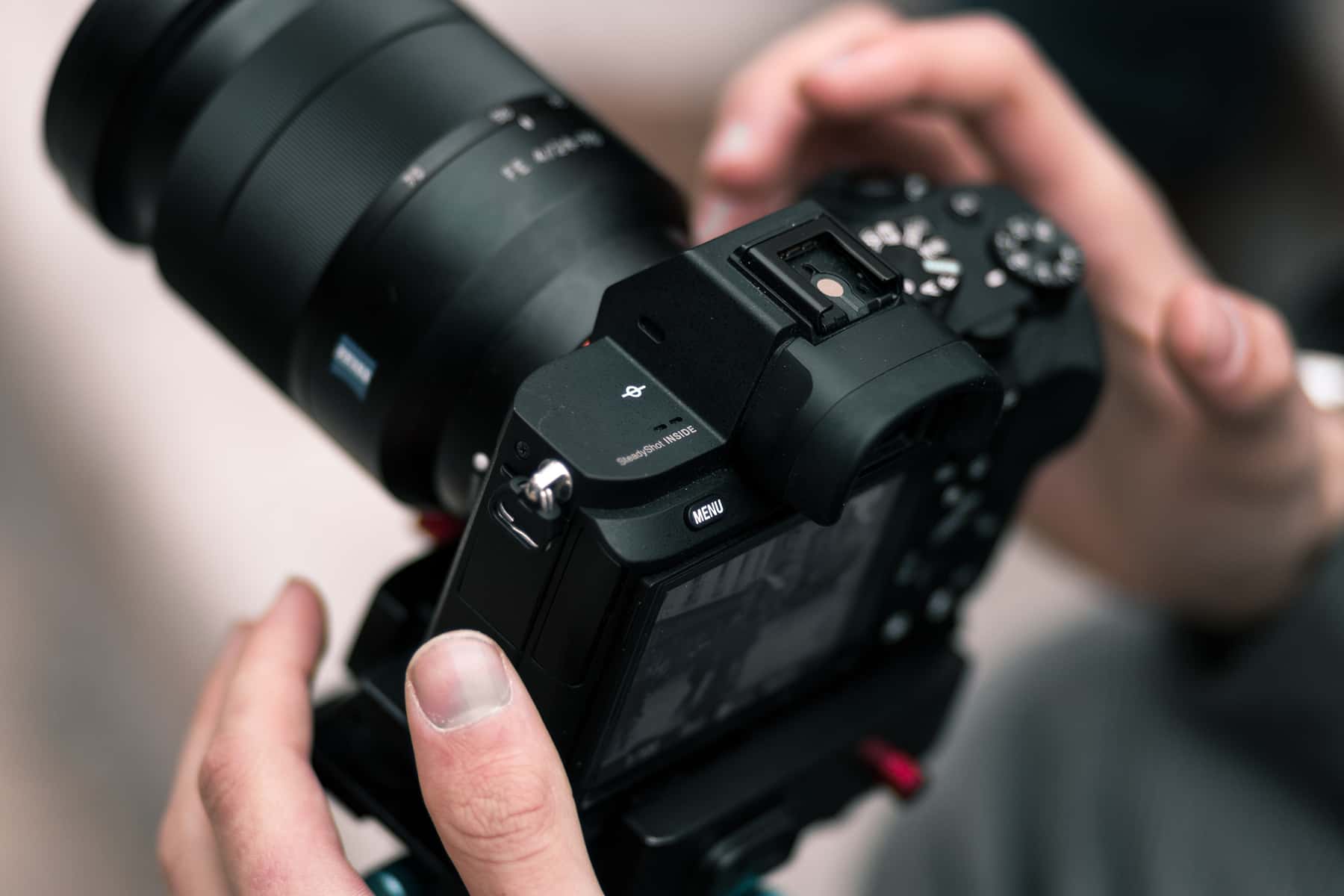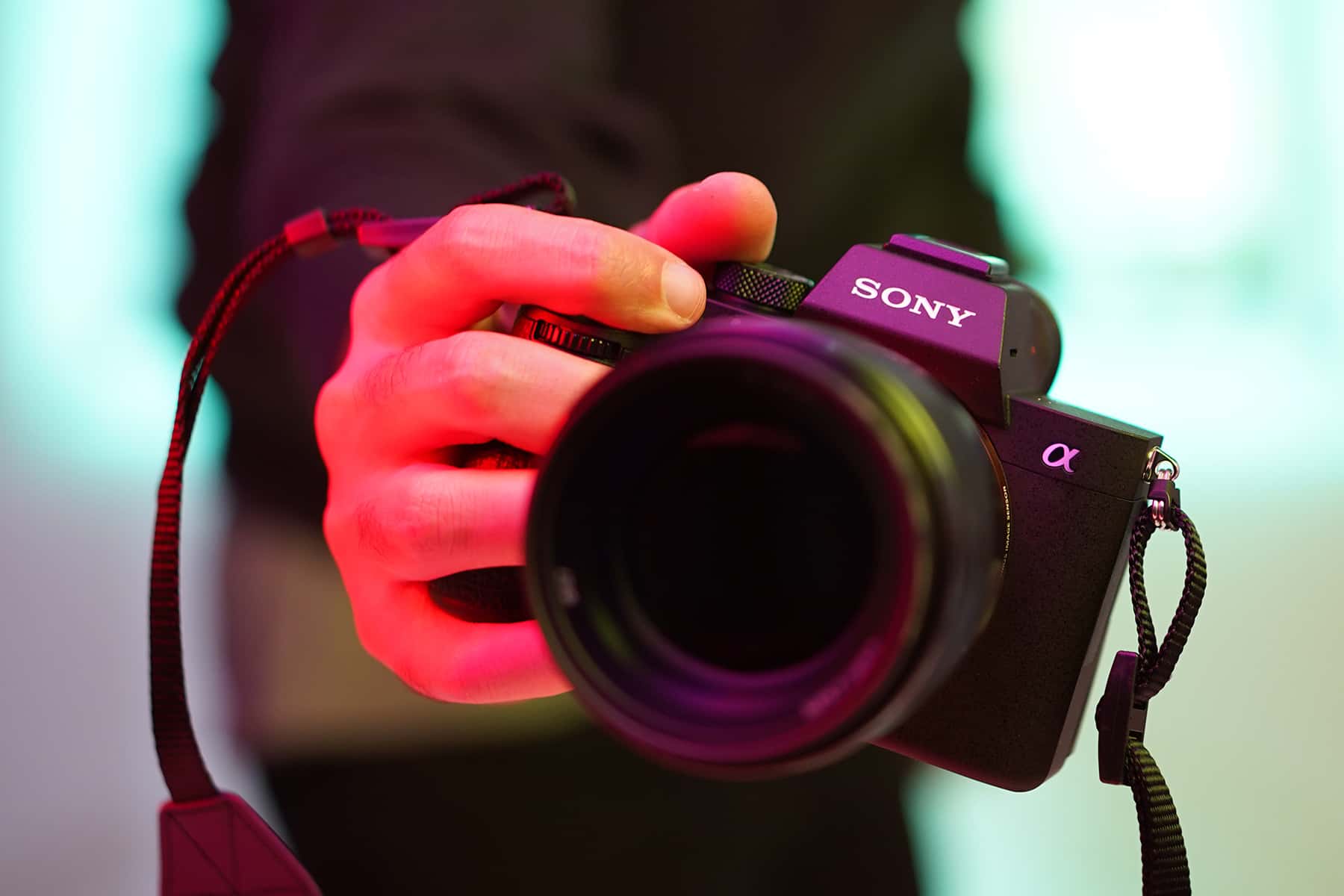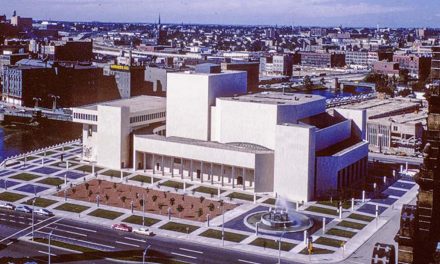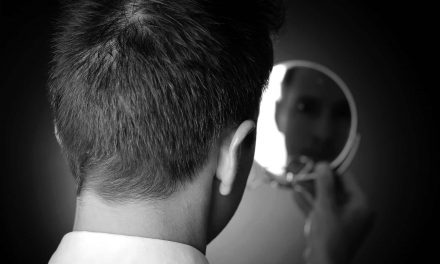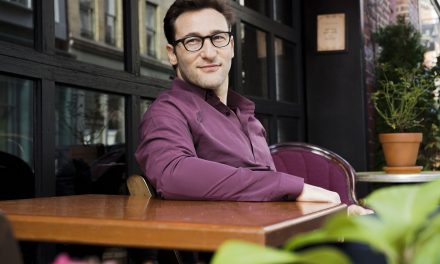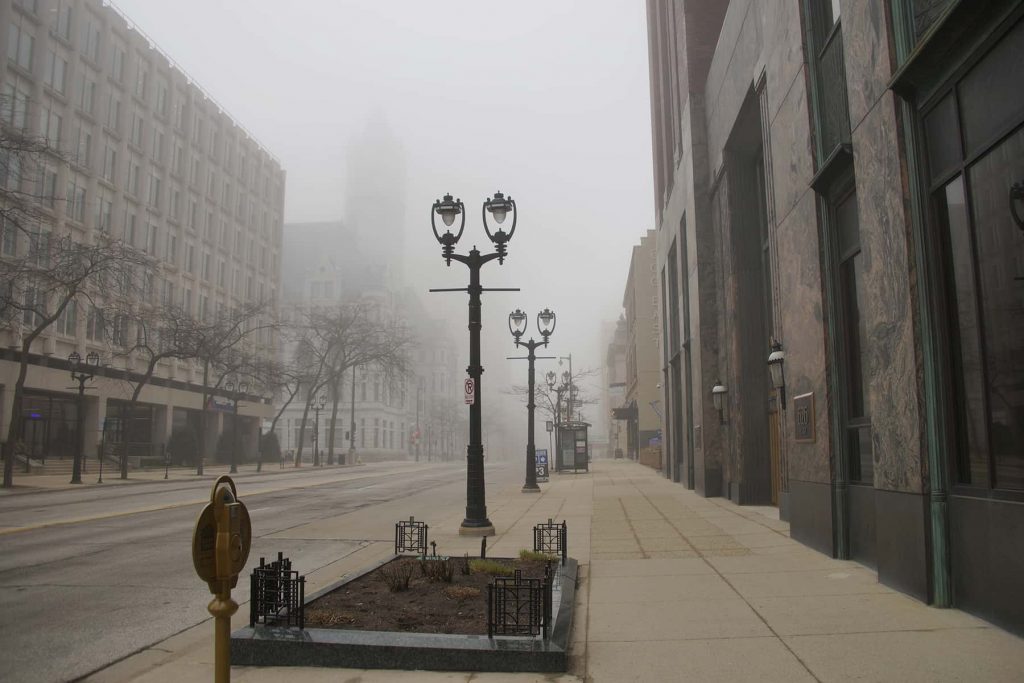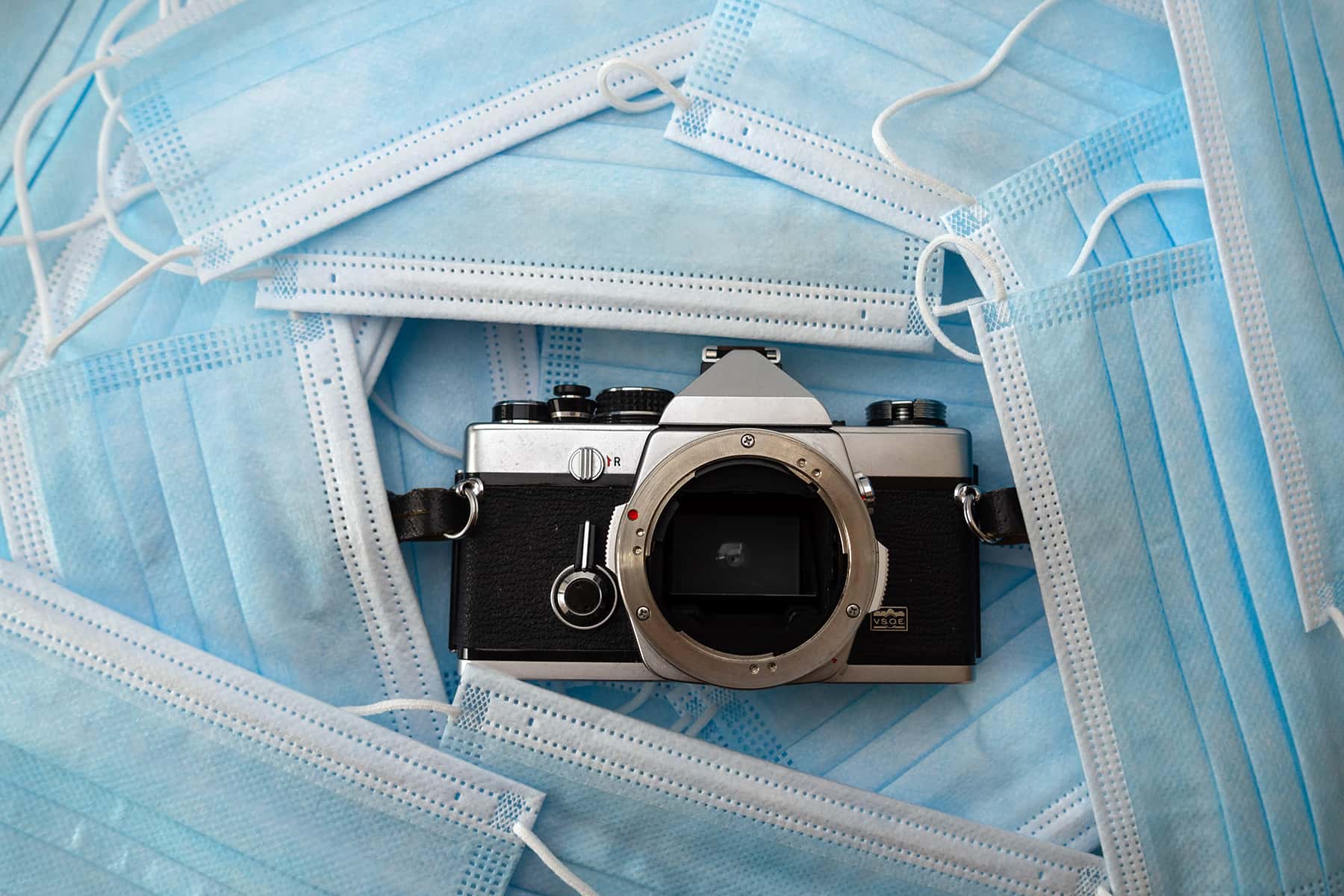
The COVID-19 crisis has exposed many fault lines in American society. One of the many issues that has gone overlooked and underreported is how people incorporate wearing a mask into the routines of their daily life.
The ongoing argument over masks has mostly been focused on pandemic deniers who refuse to wear any kind of face covering, and demand that safety measures be lifted in order to save the economy. For those individuals who care about their own health and the health of others, while trying to maintain their fragile lifeline of employment, this essay explores what kind of masks are practical to wear under different working conditions.
Having lived through the SARS pandemic in 2003 and two smaller epidemics in China, I had first hand experience with the social impact of infectious diseases. As a result, Milwaukee Independent were the first news service in Wisconsin to report on what was then referred to by the Chinese media as the Wuhan Pneumonia in January. In fact, we published dozens of reports over the following weeks before local mainstream media woke up the the problem in March.
Previous experience prepared me for a lot, but applying that understanding to the toxic condition of American culture post-2016 was not something I originally anticipated. I saw the failings of our culture, but I chose to remain optimistic. Then the insanity followed, at a level so unbelievable that not even Hollywood could imagine such an outlandish plot. A part of me knew the train wreck was coming, but mostly I did not want to believe it was possible. When it all started playing out, thankfully I was able to quickly adapt.
Friends have worried for my safety, as a photojournalist being around people during the pandemic. And as COVID-19 stretches into the winter season and at least on for a second year, I thought that I should write a simple field guild – of sorts – about wearing face masks.
This is not meant to be a scientific study, just insight from months of trial and error experiences. Anyone interested in medical specifics and those kind of details should do their own research. By now there is plenty of information in the public domain and resources to gather from.
When Governor Tony Evers issued the “Safer at Home” order on March 25, as a professional in the news media I was classified as an essential worker. In those early days, I was not required to wear a mask like frontline medical workers. In fact, the CDC was actively telling the public not to wear masks. And by that time, getting personal protective equipment (PPE) was impossible anyway.
From a practical and professional view, I see face masks divided into 6 categories. Wearing them is dependent on the situation, and other factors. I tested each type of mask in real world conditions, and that was how I came to the conclusions I did.
Back in January when no one in Milwaukee, or America, was paying attention to the possible threat from the coronavirus, I had plenty of time to stock up on high quality and inexpensive PPE. When I lived in China during SARS, cloth masks were already common to see on people in public. They were worn by sick individuals, to keep from infecting others. They offered limited if any real protection, but was at least an attempt to restrain coughs and sneezes. Friends back here in Milwaukee sent me PPE because medical-grade products could not be found easily in China.
By February, I seriously started looking on Amazon.com for N95 respirators. Ironically, I still had an emergency supply that I have carried since 2003, even as I moved back to Japan and then back to America. But that face protection is really awkward due to its shape. They cannot easily be put in pockets because of their curved shape.
I wrote about my early experience with the N95 respirators in my March article, From SARS to Avian Influenza: A witness to history reflects on the first epidemics of the 21st-century. I only experienced infectious conditions during the winter months, so wearing a mask always fogged up my glasses and made being outside a very uncomfortable experience. With these memories still vivid after 17 years, I knew how problematic it would be to wear face masks here in Milwaukee – a culture that had no habit to wear them even when ill.
Part of me was in denial that America would have a full blown COVID-19 problem, because the government would catch it quickly. But mostly, I knew that if I wore a mask for my own personal safety – and the safety of others – before the community understood the danger, I would be a walking pariah. Anyone walking around wearing a mask would be viewed as an oddball at best or bank robber at worst.
I avoided making any PPE purchases, with the reasoning that by the time everyone felt compelled to wear face masks I could obtain a supply then. I kicked the decision to the future, knowing that if everyone had to wear masks it would already be a big problem. But I could evaluate the situation if it happened in the future. Unfortunately, that future arrived just 6 weeks later. But what did people flood supermarkets to hoard? I would never have imagined toilet paper. I had pneumonia in my youth, and most people have had the flu, so why toilet paper would be a sought after emergency commodity continues to bewilder me to this day.
But, PPE was either impossible to find or cost a fortune on Amazon.com by late March. So in the early days of April, I wore make-shift protection as most people did who wanted to protect their health. With “Safer at Home” originally in place for a month, all the events I would normally photograph were cancelled. I had little reason to venture outside after that. Mostly I documented the ghost-town like atmosphere of downtown Milwaukee, but if people were unaware of the pandemic they would have just assumed it was a Sunday afternoon in October.
Very few people were outside, and the handful who I saw were easy to avoid and keep a good distance between us. As things got unbalance and people acted like they were on vacation, I happily withdrew from human contact and hunkered down in my home bunker. And that was how things were for weeks. The most I ventured out then was for a few minutes, when I moved like a ninja at 3:00am to float down to my lobby to retrieve Amazon.com deliveries when everyone was asleep.
By early May, PPE remained in short supply and what there was could only be purchased by medical professionals. But by then I had evolved past the makeshift desperado face bandanas and gotten a dusk mask with carbon activated filters. It was stylish even though it was heavy to wear. While it protected me – it had vents to expel my breath, the design was not so good for others without masks. At the time it seemed like enough, especially since few people were venturing outside.
After George Floyd in May, the reality changed. Dusk masks were not really designed for hot weather, or for running miles while talking photos. Originally, I was very much in a Howard Hughes mentality about being around crowds of people during a pandemic. It was opposite of everything the past month had conditioned me to. But the Milwaukee protests were a big deal, and I have to go where the news was happening.
I reasoned that if I could be terrified of heights but fly with the Army parachute team in an open plane at 10,000 feet over Milwaukee, I could somehow put aside my mild germaphobia and social anxiety. So I switched to wearing a surgical mask, which I managed to get a supply of for a reasonable price, because it was lighter and still offered protection. But any protection restricted my oxygen flow, and being able to breathe is rather important when being so active for hours.
One of the ironies with ordering PPE was that it was all shipping from China, since it was impossible to find in America. It was a complete reversal of my 2003 experience. I photographed dozens of rallies, peaceful protests, and marches in June, as the weather got warmer and the police increased the deployment of their brute force tactics. I came close to hyperventilating several times on the hottest days, so switched to a less protective cloth alternative at times so I would not pass out.
When police around the country, and in Milwaukee, began targeting members of the media, and especially in Kenosha and Wauwatosa after the Jacob Blake shooting, I was again faced with a decision. Did I buy face protection that made me look like a CosPlay nerd or risk the loss of an eye due to a rubber bullet? I really like my eyes, as most people do, so I invested in some ballistic-proof face gear. My hope remains that I never have to use any of it, but at least I have something measure of protection against the full impact of non-lethal armament during a pandemic.
A full biohazard or gas mask seemed more practical, but I felt their “Contagion” movie-like appearance would make me a more direct target by police. I have yet to wear that shielded mask in public, which was designed for paintball. But it has been included here, without the other elements I obtained to protect my eyes and head.
All these observations and experiences are just a snapshot of time from wearing masks during the pandemic up until now. I have a wardrobe of options suitable for a variety of foreseeable conditions. But it is hard to imagine unforeseen situations in the future, like a year ago – who would have expected to wear any PPE. One day the need for wearing a face covering as protection against COVID-19 will come to an end. As I look back on how 2003 influenced my reactions in 2020, it is not a stretch to wonder about 2037 and how much PPE I will still have set aside for another potential emergency by then.
These are the six types of face masks and their situational evaluations.
Type: Neck Gaiter
Weather Conditions: Cold
Location: Outdoor
Fog (Glasses 1 > 10) Rating: 2
Pros: Covers face when no other options are available, easy to carry
Cons: Not medically protective and makes the wearer look like a bank robber
Type: Dusk Mask
Weather Conditions: Cold
Location: Outdoor
Fog (Glasses 1 > 10) Rating: 4
Pros: Comfortable to wear and makes breathing easier
Cons: Hard to remove or pull down from face quickly, not very compact to carry
Type: Surgical Mask
Weather Conditions: Hot / Cold
Location: Outdoor / Indoor
Fog (Glasses 1 > 10) Rating: 10
Pros: Clearly the most versatile option, offers good personal and group protection, easy to pulldown and remove, compact to carry
Cons: A bit more difficult to draw oxygen while being physically active, can severely fog glasses in cold
Type: KN95 Mask
Weather Conditions: Hot / Cold
Location: Indoor
Fog (Glasses 1 > 10) Rating: 8
Pros: Offers medical-grade protection in close proximity to other people and indoors, very easy to carry
Cons: A bit more expansive than surgical masks, easy to remove but awkward to pulldown, and very hard to breath in while active
Type: Reusable Face Mask
Weather Conditions: Hot / Cold
Location: Outdoor
Fog (Glasses 1 > 10) Rating: 2
Pros: Very easy to breath in, light and easy to carry
Cons: Offers very little real protection but at least does not make the wearer look like an escaped thug
Type: Airsoft Masks
Weather Conditions: Hot / Cold
Location: Outdoor
Fog (Glasses 1 > 10) Rating: 0 (Due to wearing ballistic goggles)
Pros: Protects lower half of face from the full impact of rubber bullets fired by Police, has a small level of protection from COVID-19
Cons: Clunky to put on, remove, and carry, uncomfortable, and wearer look like a CosPlay Cobra Commander
Special Note: This is the only face mask not worn in the field and tested under real world conditions
© Photo
Mаrkus Wіnklеr and Thоmas Еllmеnrеіch

